Published Aug 23, 2015
Staying Inside the Star Trek Coloring Book Lines
Staying Inside the Star Trek Coloring Book Lines
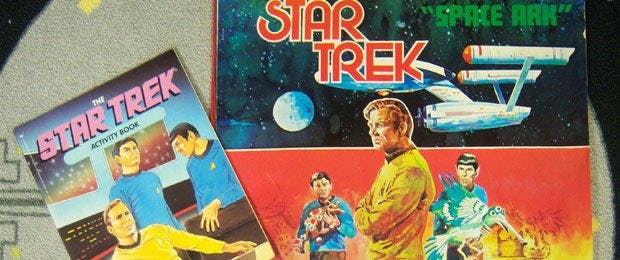
Some of the earliest kinds of Star Trek merchandise available were coloring books, providing young fans (and creative adults) with the chance to express themselves while following adventures of favorite characters. Interestingly, following the publication history of the coloring books reveals the timeline, also, of the return to the mainstream that Star Trek experienced after its cancellation. The coloring books tended to get published whenever Trek’s star was on the rise.
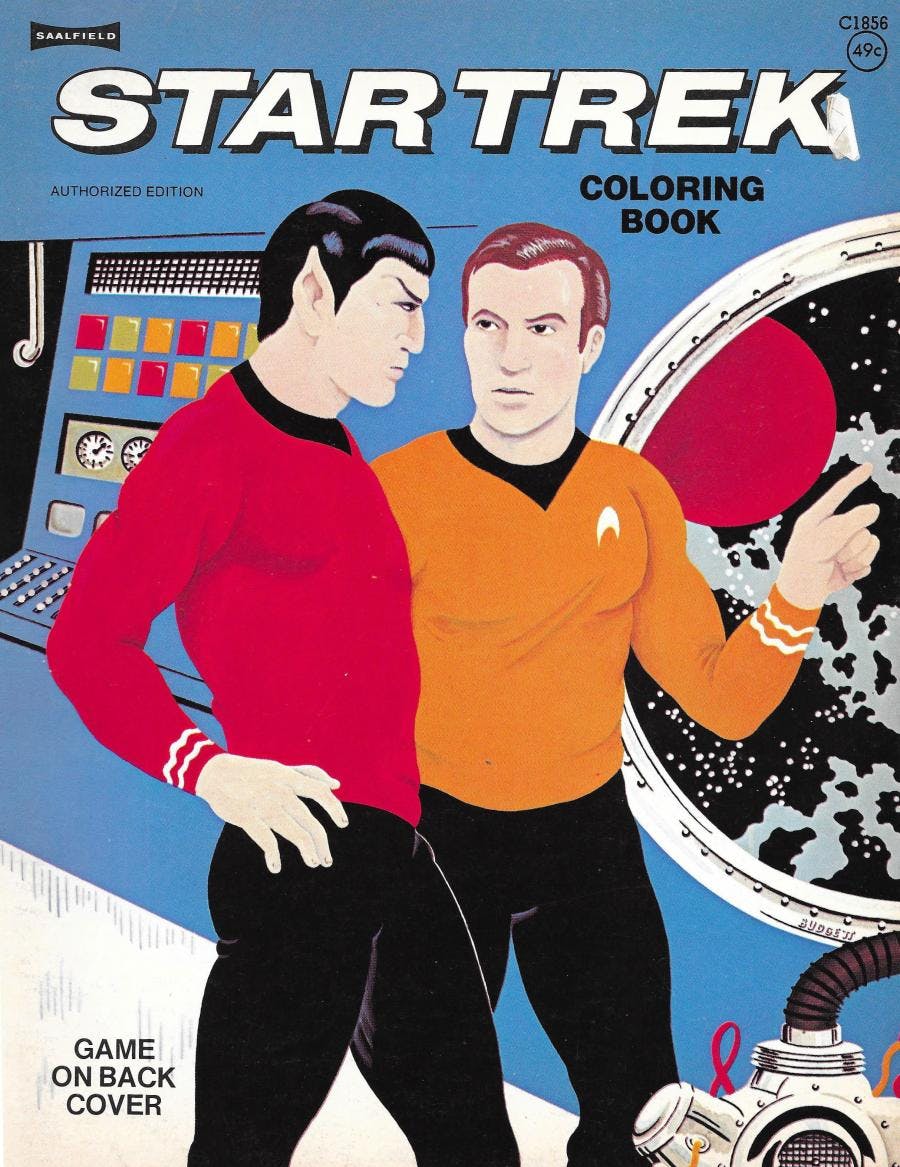

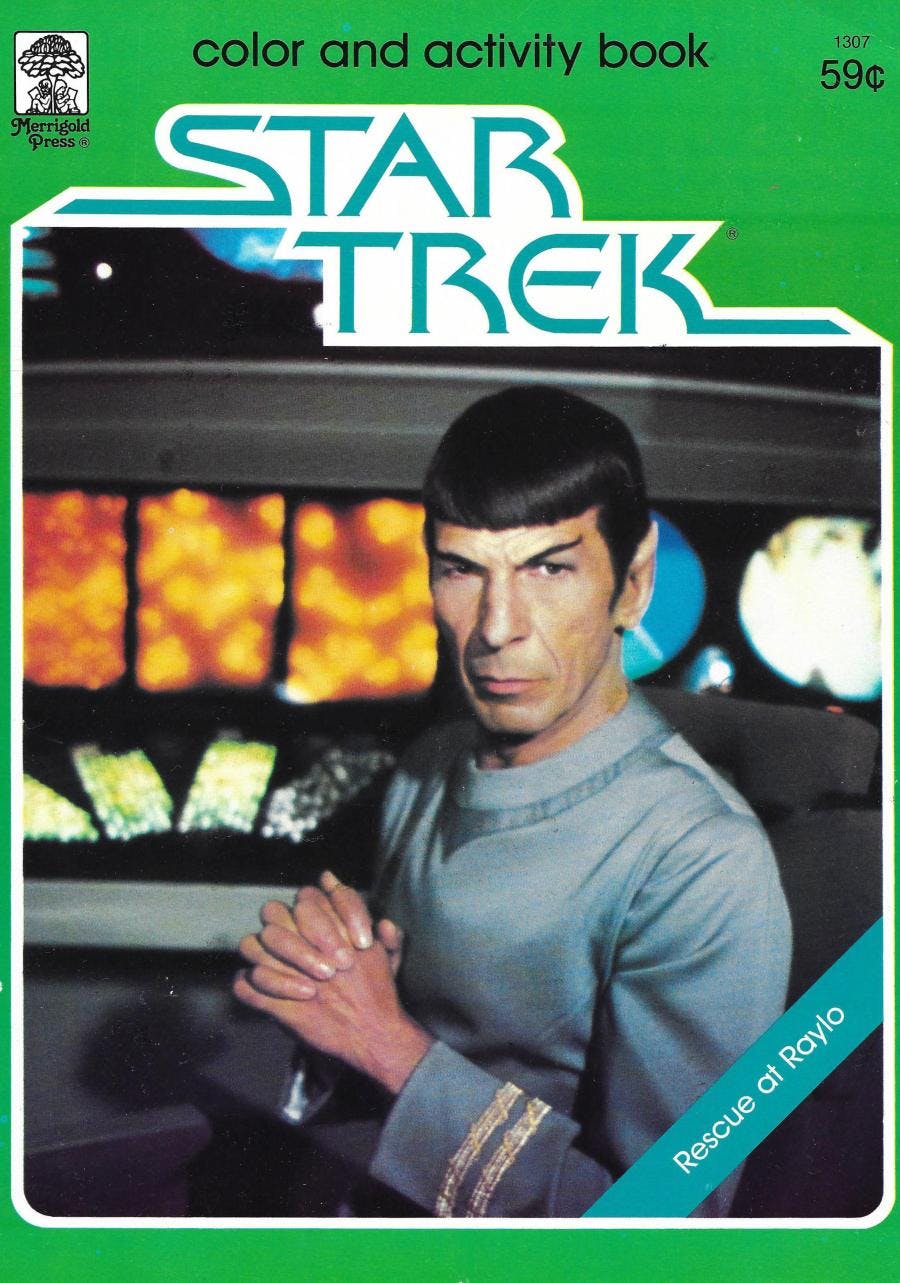
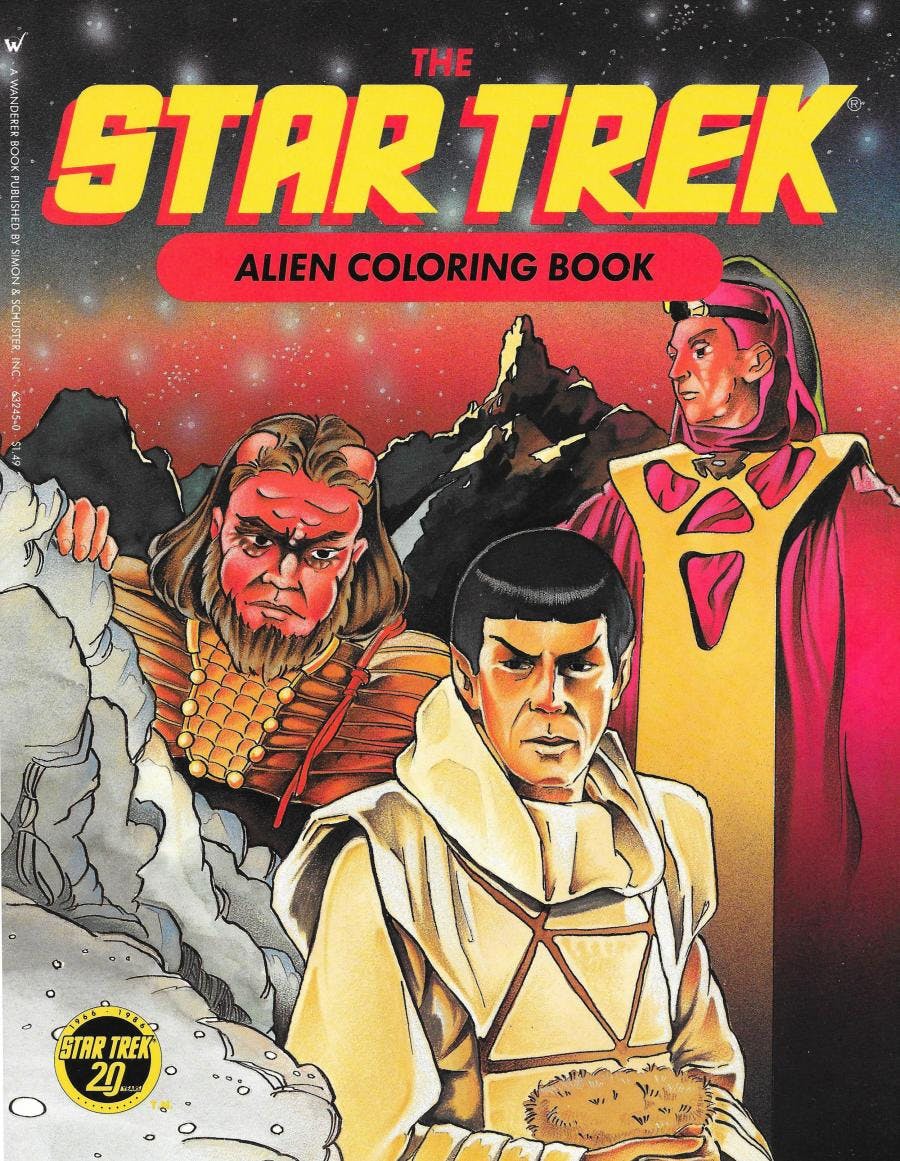
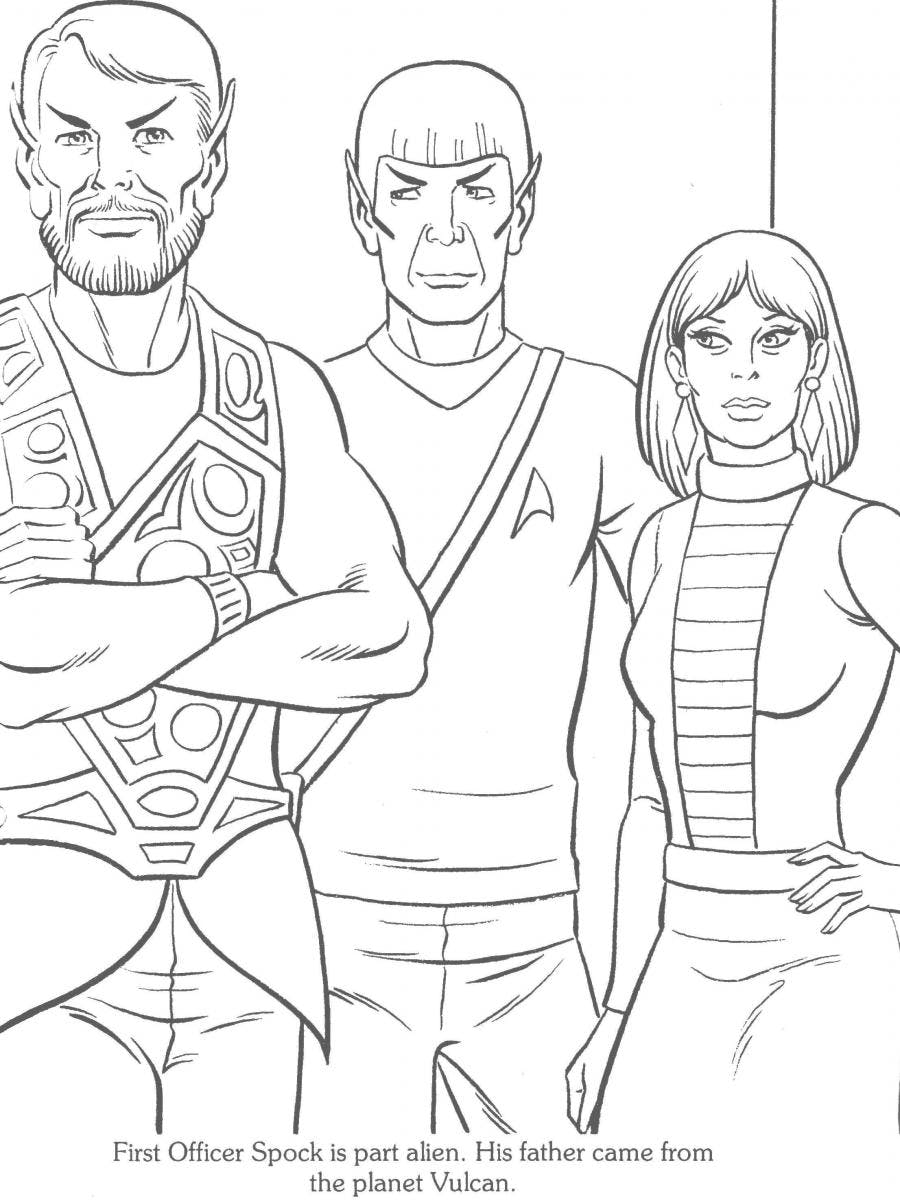
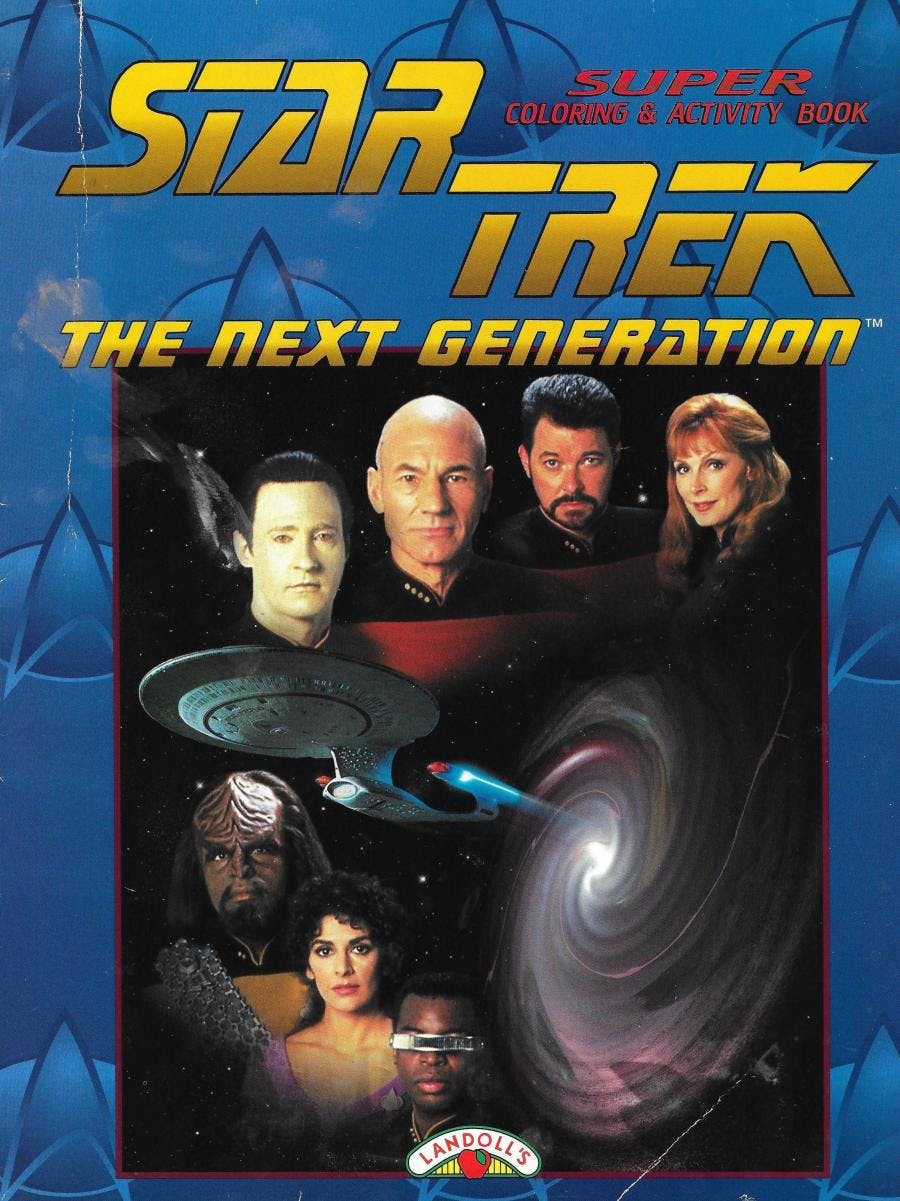
---Maria Jose and John Tenuto are both sociology professors at the College of Lake County in Grayslake, Illinois, specializing in popular culture and subculture studies. The Tenutos have conducted extensive research on the history ofStar Trek, and have presented at venues such as Creation Conventions and the St. Louis Science Center. They have written for the officialStar Trek Magazineand their extensive collection ofStar Trekitems has been featured inSFX Magazine. Their theory about the “20-Year Nostalgia Cycle” and research onStar Trekfans has been featured on WGN News, BBC Radio, and in the documentaryThe Force Among Us. They recently researched all known paperwork from the making of the classic episode "Space Seed" and are excited to be sharing some previously unreported information about Khan's first adventure with fellow fans. Contact the Tenutos at jtenuto@clcillinois.edu or mjtenuto@clcillinois.edu.

